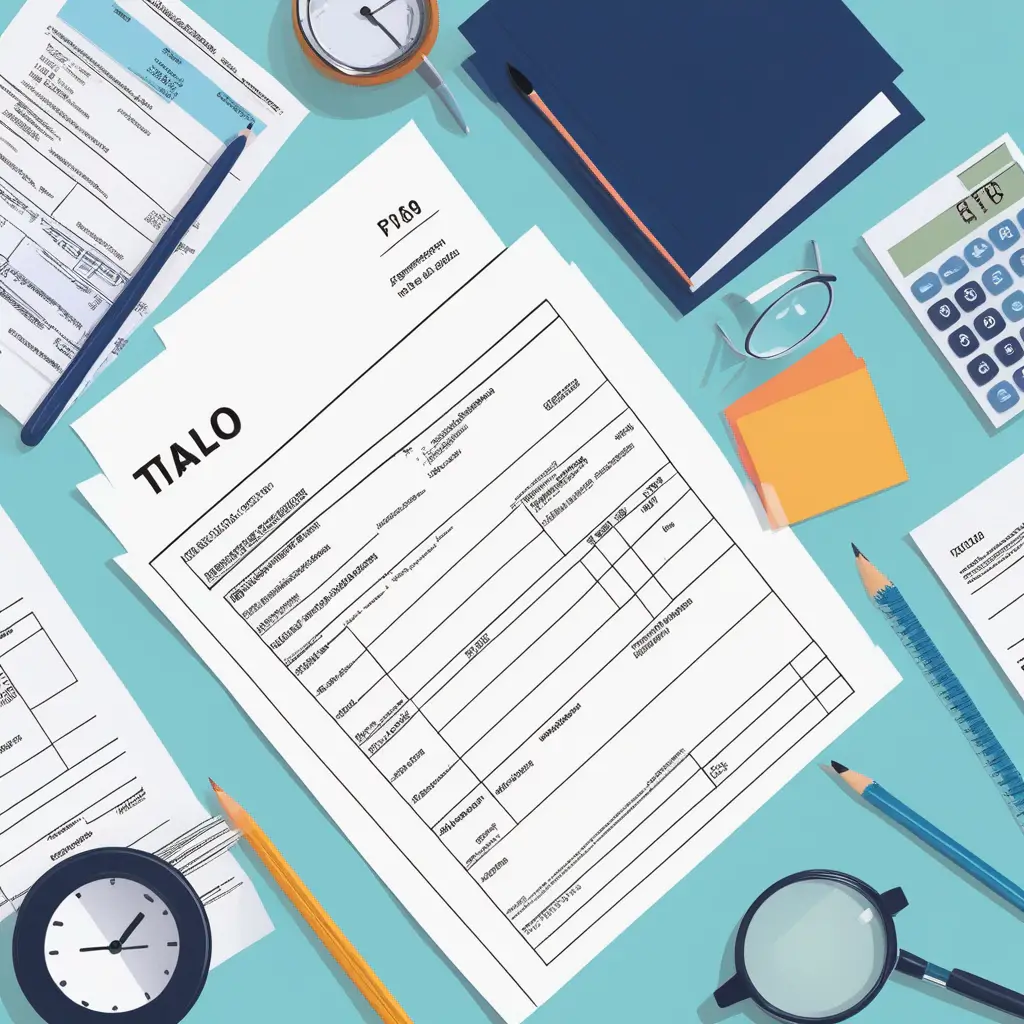Employer PAYE Reference Number Explained

Understanding the Employer PAYE Reference Number (ERN)
When you register your limited company as an employer with HMRC, you are automatically assigned an Employer PAYE Reference Number (ERN). This unique identifier is essential for running payroll, submitting returns, and communicating with HMRC. For UK contractors, accurate understanding and management of the ERN is crucial for regulatory compliance and avoiding penalties.
What is an Employer PAYE Reference Number?
The ERN is a tax reference number unique to each employer. It typically consists of two parts, such as 123/AB456. You may see it called the “PAYE reference” on forms like P11D, P60, or employee payslips.
Key facts:
Issued by HMRC automatically on employer registration
Required for all employer payroll submissions (RTI, P11D, end-of-year filings)
Displayed in your HMRC Business Tax Account, confirmation letters, and payroll software
“The ERN is the cornerstone identifier for every PAYE scheme. Failing to use it correctly can disrupt payroll and lead to compliance issues.”
How and When Do You Receive Your ERN?
You do not need to request the ERN separately. After registering your company as an employer, the ERN:
Appears in your HMRC online account almost immediately
Is sent by post in a confirmation letter within several days
Tip: Do not wait until the first payday to register. HMRC allows registration up to two months before you pay any employees.
Registration Timing Checklist
| Step | Timing |
|---|---|
| Register as employer with HMRC | Up to 2 months in advance |
| Receive ERN online | Immediate |
| Confirmation letter arrives | Few days after registration |
| First payroll run | Only after ERN is received |
If you pay an employee before receiving the ERN, retain payment records and submit a late Full Payment Submission (FPS) once the reference arrives.
Who Needs to Register as an Employer?
Even if you are the sole director and employee of your limited company, you must register as an employer with HMRC and obtain an ERN. The ERN is required for:
Sole directors
Companies with employees
Any company operating PAYE
Multiple PAYE Schemes and ERNs
A single ERN applies to each PAYE scheme. If your company operates multiple schemes—perhaps across different sites or for different business arms—HMRC will issue a separate ERN for each scheme. You must use the correct ERN in all correspondence and submissions.
Where to Find Your ERN
The ERN can be found in several places:
HMRC Business Tax Account (under PAYE for employers)
Official registration confirmation letter from HMRC
Payroll software records
Employees’ P60 and P45 forms
What If You Lose Your ERN?
If you misplace your ERN:
Check previous HMRC correspondence
Access your HMRC online account
Review payroll software or employee documents
If you cannot find any record but employ staff, you may not have registered as an employer. Immediate registration is required to avoid penalties.
When Is the ERN Needed?
The ERN must be used when:
Submitting payroll returns (RTI, P11D, year-end)
Communicating with HMRC about PAYE matters
Providing payroll documentation to employees (e.g., payslips, P60, P45)
Employees request it for student loan applications, tax credits, or Universal Credit
Failure to include a valid ERN can block submissions and create compliance risks.
Exceptions: When Is an ERN Not Required?
Some rare situations exempt companies from registering as an employer and thus from needing an ERN:
All employees earn less than £123 per week (2025/26 Lower Earnings Limit)
Staff are unpaid volunteers
Company is based in the Isle of Man or Channel Islands
Only reimbursing genuine business expenses, not paying salary
For the vast majority of limited company contractors, these exceptions do not apply.
Practical Steps for Contractors
Register for PAYE as soon as you incorporate your company.
Keep the ERN secure and accessible for all payroll and tax submissions.
Ensure the ERN appears on all employee documentation.
If using an accountant, confirm they handle PAYE registration and ERN management.
Review your online HMRC account regularly for updates or correspondence regarding your PAYE scheme.
Further Reading and Resources
Recommended Contractor Accountants
Choosing the right accountant is vital for compliance and efficient payroll management. Consider these options:
| Provider | Offer Details |
|---|---|
| SG Accounting | First 3 months at £59.50 per month |
| Clever Accounts | IR35 FLEX, take on any contract |
| Aardvark Accounting | Complete service for £89/month |
| Integro Accounting | 6 months fixed-fee accountancy at half price |
“Professional accountancy support ensures your PAYE and ERN obligations are met from the outset.”
Next Steps
Register promptly with HMRC to obtain your ERN
Store the ERN securely and use it in all payroll activity
Consult a specialist contractor accountant to ensure compliance
Bookmark HMRC’s guidance for reference
For additional guidance and updates, follow trusted contractor resources on social media or consult your professional advisor.



